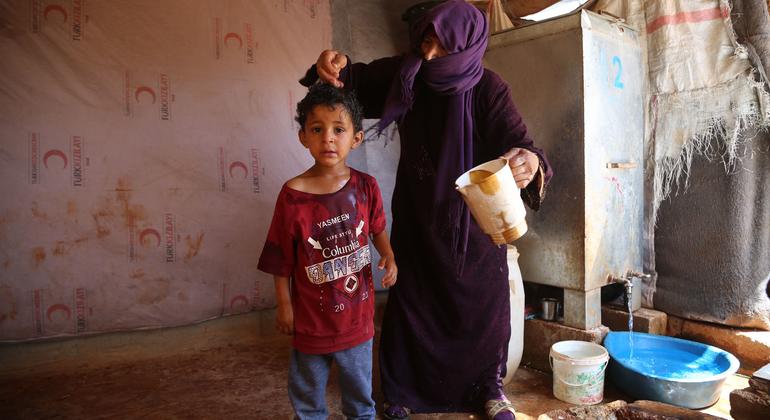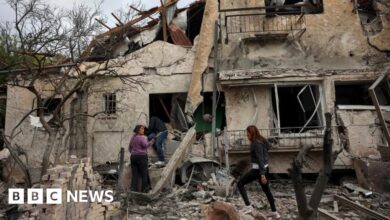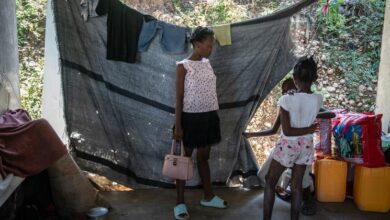UNICEF warns extreme heat increasingly affecting children’s health


“Extreme temperatures are on the rise, disrupting children’s health, well-being and daily routines,” speak UNICEF CEO Catherine Russell.
The study compared average temperatures in the 1960s with the 2020-2024 period, measuring days with temperatures exceeding 35 degrees Celsius (95 degrees Fahrenheit).
It is a stark warning about the increasing pace and scale of days like this for nearly half a billion children worldwide – many without the infrastructure or services to cope.
National level discovery
In examining national-level data, the analysis also found that In 16 countries, children are now experiencing more than a month of extremely hot days. compared to six decades ago.
For example, in South Sudan, children experienced an average of 165 extremely hot days this decade, compared with 110 days in the 1960s, while in Paraguay the figure has increased from 36 days to 71 days.
Globally, children in West and Central Africa face the highest exposure to extremely hot days and the most significant increase over time, according to the analysis. 123 million children – or 39 percent of children in the region – now spend an average of more than a third of the year – or at least 95 days – in temperatures above 35°C, up to 212 days in Mali, 202 days in Niger, 198 days in Senegal and 195 days in Sudan.
In Latin America and the Caribbean, nearly 48 million children live in areas with twice the usual number of hot days.
‘Children are not miniature adults’
Heat stress in the body, caused by exposure to extreme temperatures, poses a particular threat to the health of children.
Heat stress contributes to child malnutrition, non-communicable diseases such as heat-related illnesses, and makes children susceptible to infectious diseases spread at high temperatures such as malaria and dengue fever.
Evidence also shows that neurological development, mental health and overall well-being are all affected.
“Children are not miniature adults. Their bodies are much more vulnerable to extreme temperatures. Children’s bodies heat up faster and cool down slower.“Excessive heat is particularly dangerous for babies because their heart rates are faster, so a high temperature is even more alarming for children,” says Ms Russell.
The impacts of climate-related hazards on child health are exacerbated by their impact on food and water security, damage to infrastructure, disruption of services for children, and displacement.
Pregnant women are also particularly vulnerable to extreme temperatures. Heat stress has been linked to pregnancy complications such as chronic gestational diabetes and adverse birth outcomes including stillbirth, low birth weight, and preterm birth.
New national climate plan
In the coming months, all countries are committed to Paris Agreement on climate change will submit new national climate plans that will set out a roadmap for climate action over the decade. This is a time-limited opportunity to put forward concrete plans to realise the goals of the Paris Agreement.
UNICEF calls on leaders, governments and the private sector to seize this opportunity to take urgent and bold climate action, protecting the right of every child to a clean, healthy and sustainable environment.
“When governments now draft national climate action plans, they can do so with ambition and the understanding that today’s children and future generations will have to live in the world they leave behind,” Ms Russell added.




